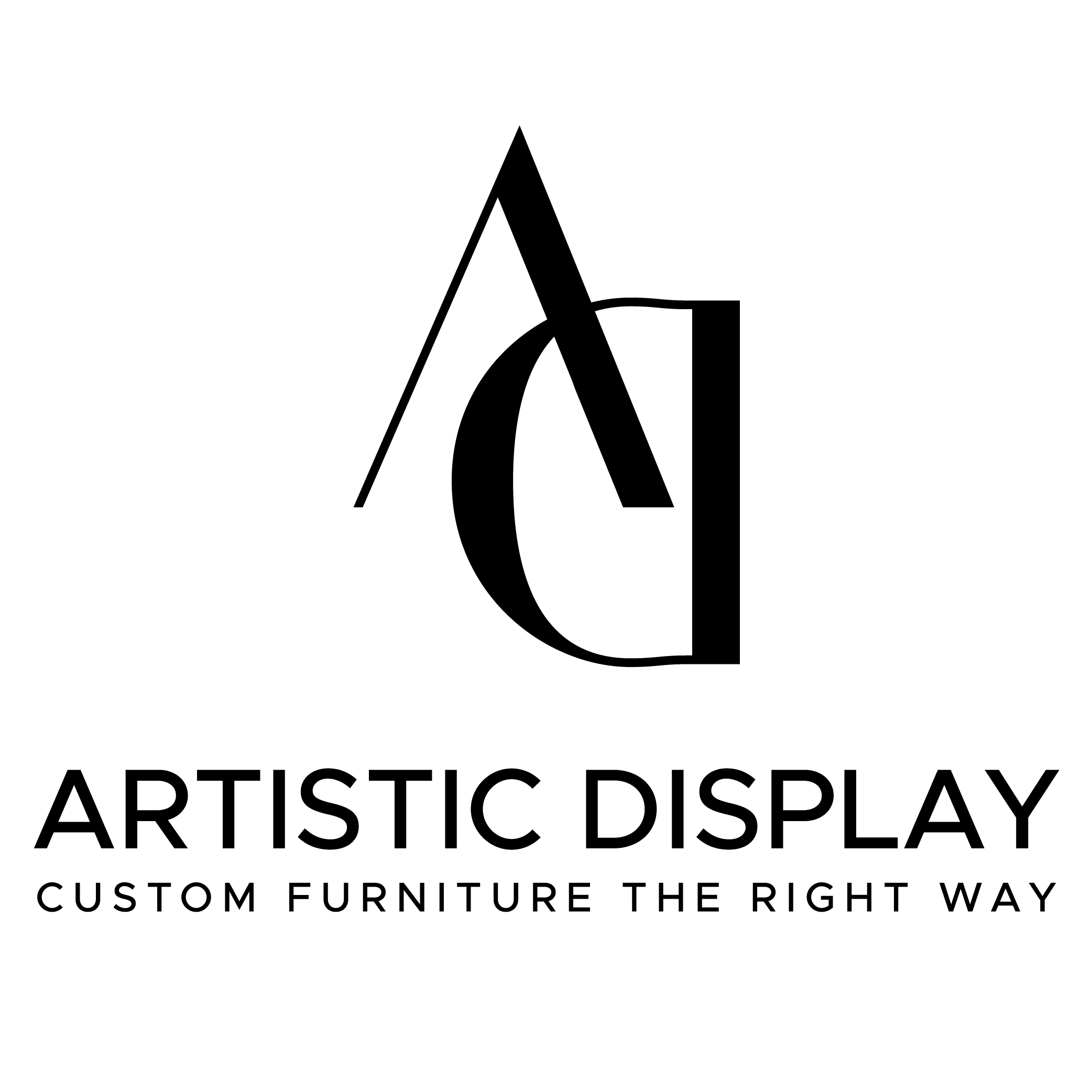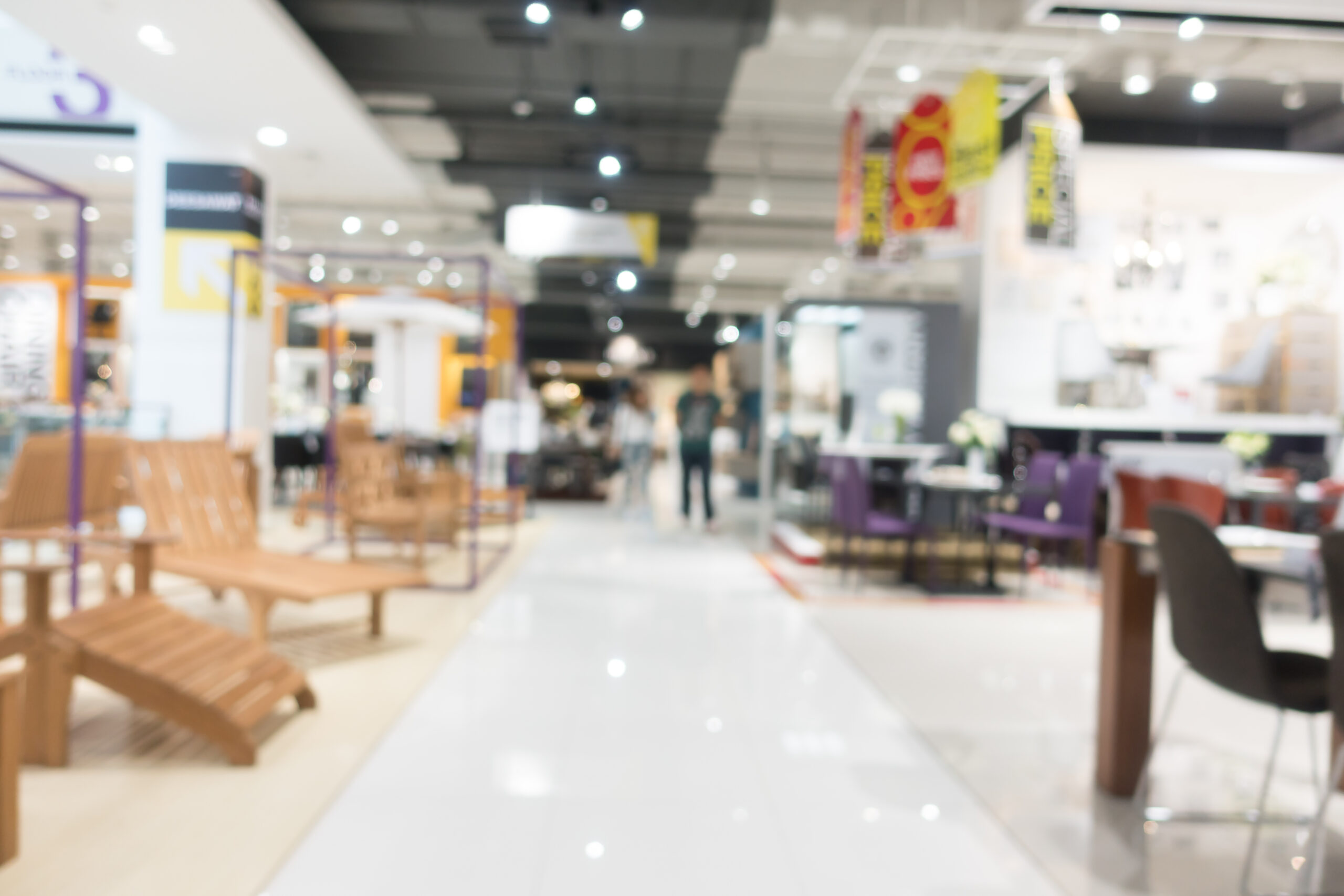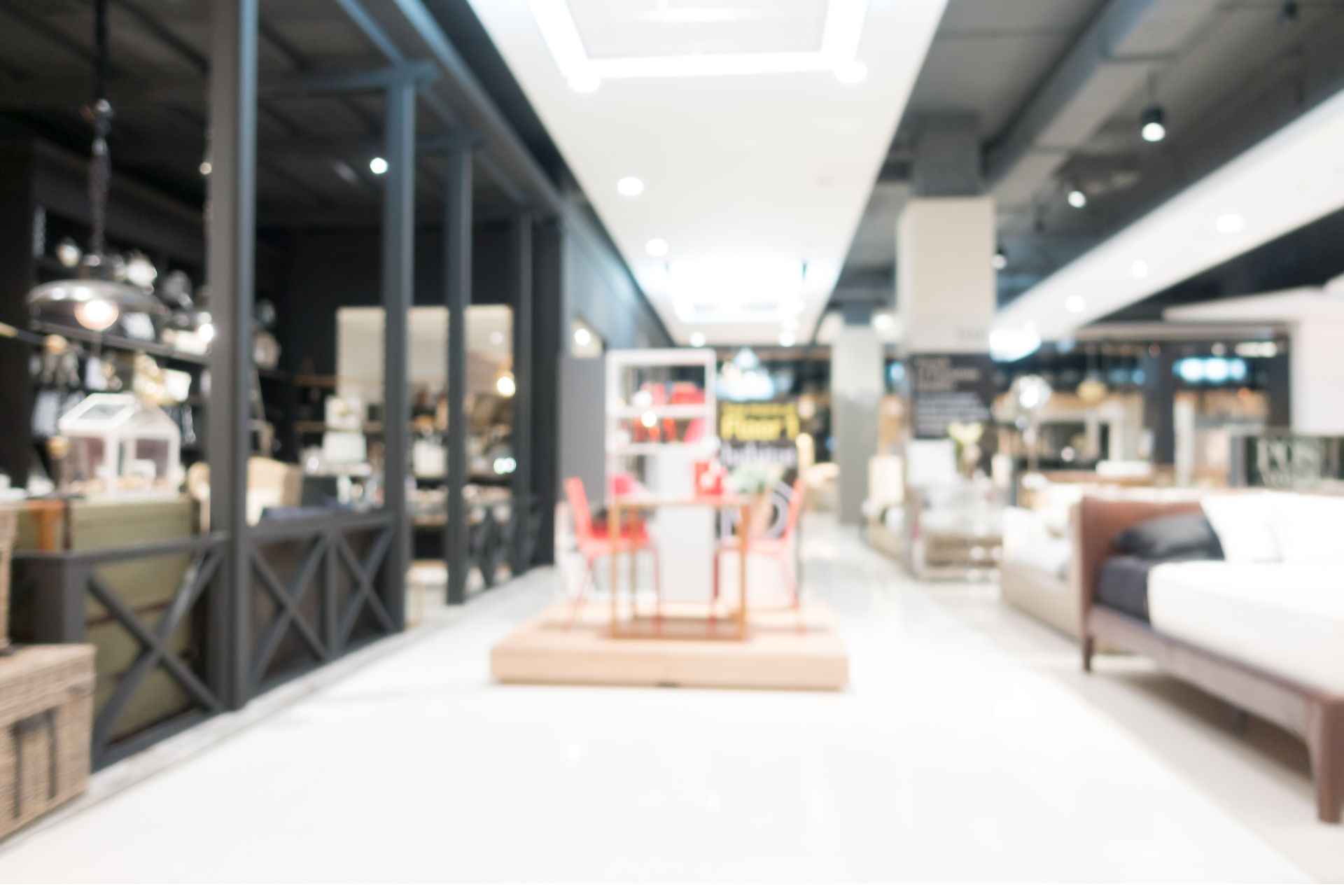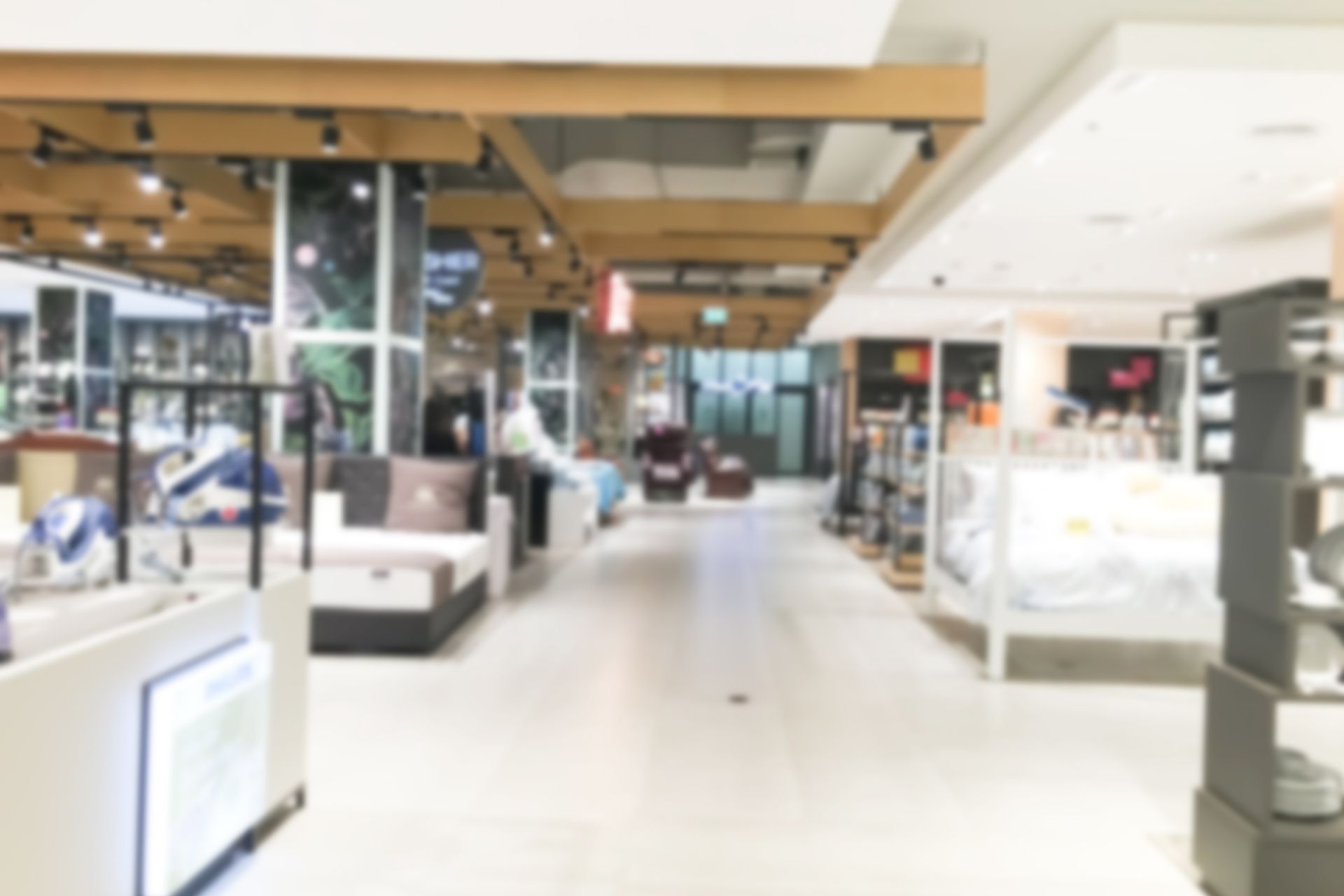The way a store is arranged can make a big difference in how much shoppers buy. A confusing layout can make customers leave quickly, while a well-planned layout can guide them to see more products and even make extra purchases.
A racetrack store layout is a design that leads shoppers along a clear, looped path around the store. Think of it like a racetrack — customers follow a loop that takes them past all the main areas and displays. You can see this in action at some of New York’s flagship department stores.
In this guide, you’ll learn all about racetrack store layouts and how they work. We’ll explain the key features that make this design effective. You’ll also see which types of stores benefit the most from a racetrack layout and discover both its advantages and disadvantages.
Plus, we’ll cover best practices to follow and common mistakes to avoid. Finally, you’ll get real-life examples from popular stores so you can see the layout in action.
What is a Racetrack Store Layout?
A racetrack store layout, sometimes called a loop layout, organizes a store so shoppers naturally follow a path that winds around the store. Instead of wandering randomly, customers move along a guided route that passes by different sections and displays.
The name “racetrack” comes from the shape of the path — it loops around like a race track. Shoppers start at one area, follow the route past various products, and end up back near where they began. This type of layout makes the store feel organized and can even encourage extra purchases.
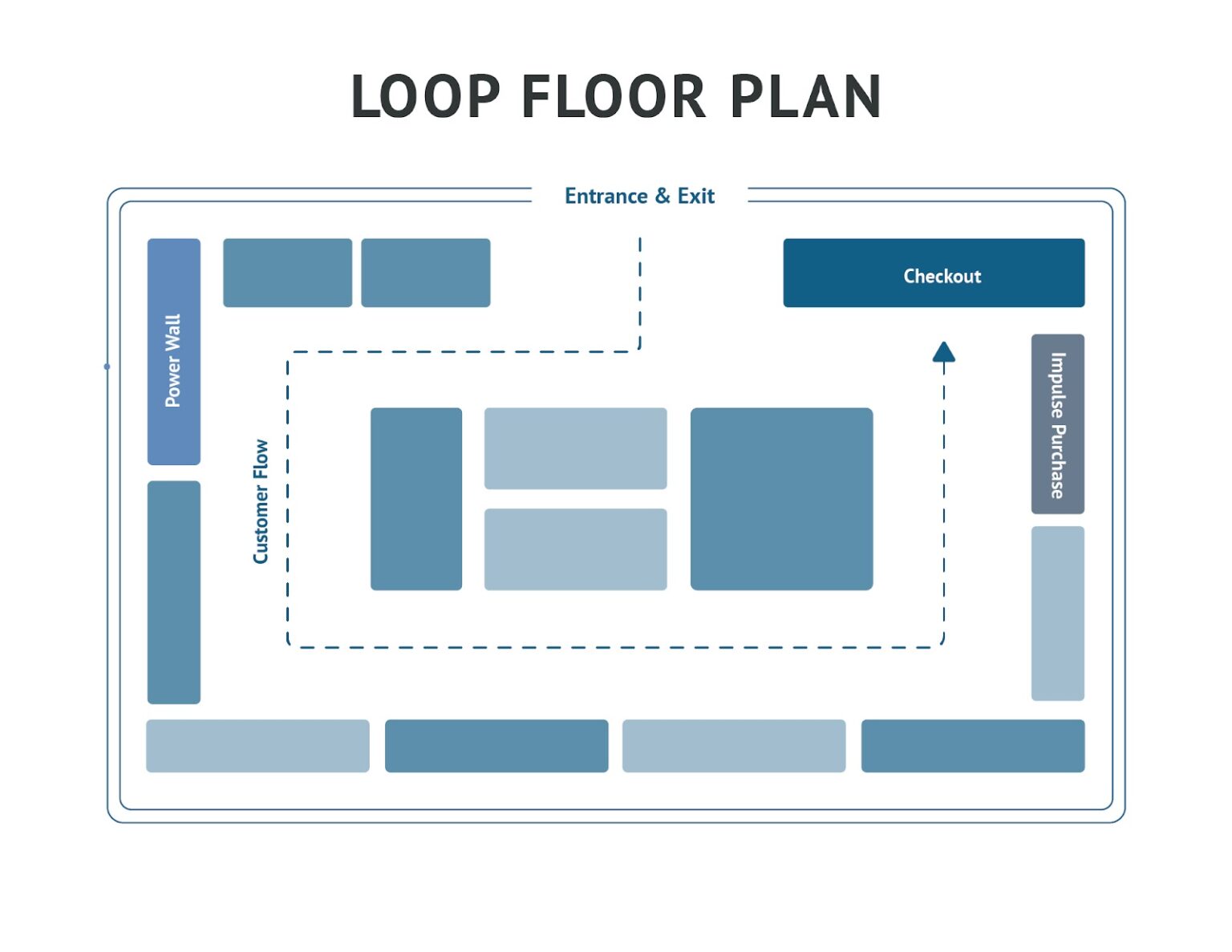
Key Features of a Racetrack Store Layout
If you own a store in New York, you may be curious about what makes a racetrack layout so effective. Knowing its key features can help you understand how this design showcases products, which can ultimately boost sales.
Here are the elements that define a racetrack store layout:
Perimeter Pathway
A perimeter pathway is a design feature where shoppers are guided along a clear path around the store’s edges, ensuring they pass by all major sections. This layout naturally directs traffic and helps customers discover areas they might otherwise miss.
Wall-Based Merchandising
Wall-based merchandising involves displaying products along the walls to maximize space and subtly guide customers through the store. It highlights key collections — for example, a Manhattan boutique might showcase seasonal clothing along the walls, while leaving the center of the store open for feature displays or limited-edition items.
Central Display Area
The central display area is a focal point in the middle of the store, which often features seasonal items, promotions, or new arrivals. It can also showcase best-sellers, limited-edition products, or themed collections, and may include mannequins, tables, or shelving arranged to draw attention from multiple angles.
Clear Sightlines
Clear sightlines ensure that customers can see across the store from multiple angles, which makes it easier to spot products, displays, or promotional areas. For example, a boutique in Staten Island might arrange racks and shelves so shoppers can see a featured display from the entrance, which draws them further into the store.
What Types of Stores Benefit Most from Racetrack Layout?
If you’re considering a racetrack layout for your store, it helps to know which types of retailers gain the most from this design. Here are the main types:
Large-Format Retailers
Stores with a vast selection of merchandise, such as Target locations in New York City, benefit from racetrack layouts because the loop guides shoppers through different departments efficiently. Customers can explore electronics, apparel, and household items without missing key areas.
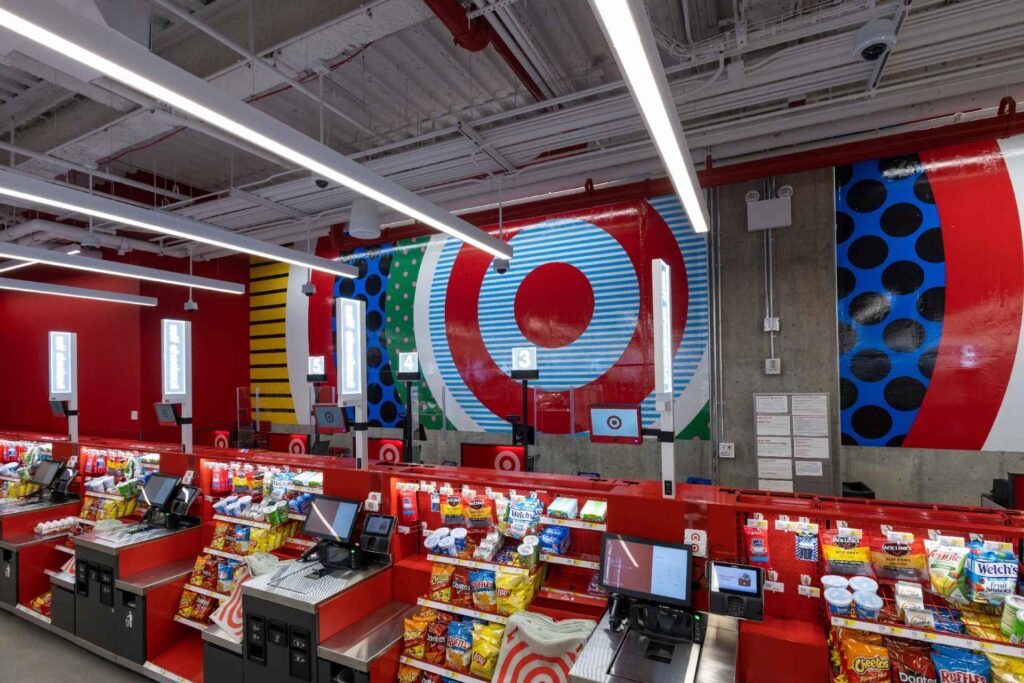
Grocery and Supermarkets
Supermarkets like Whole Foods in Manhattan use racetrack designs to lead shoppers past fresh produce, baked goods, and specialty sections. This encourages exploration of various departments while maintaining an organized flow.
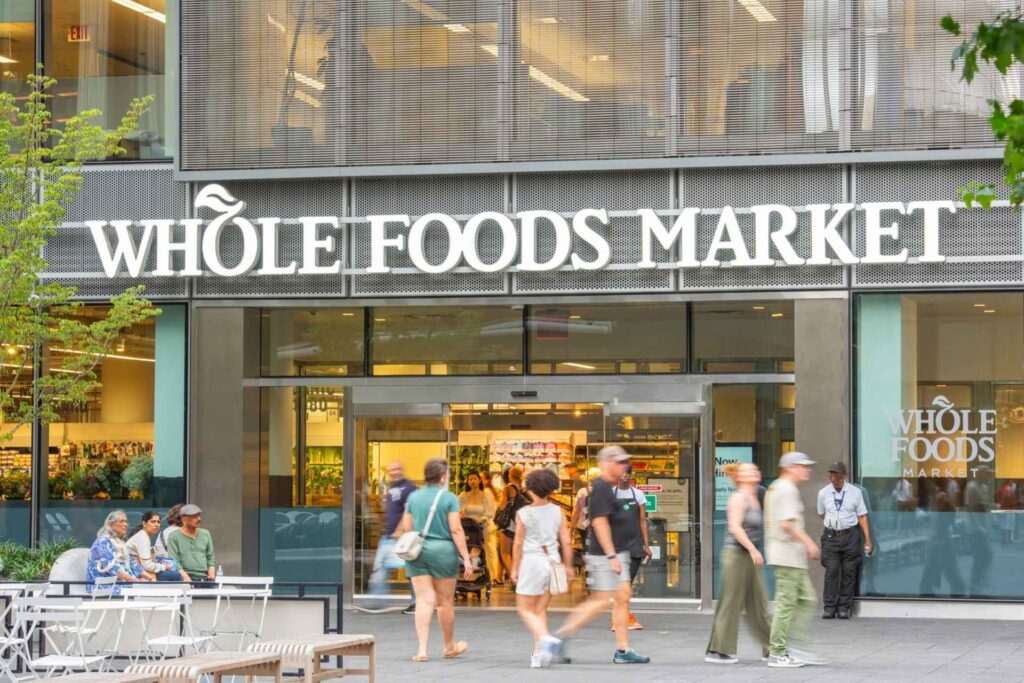
Department Stores
Multi-category retailers excel with this layout because it naturally segments different departments (clothing, home goods, electronics) while keeping them interconnected.
Home Improvement Centers
Large home improvement retailers can benefit by guiding customers past tools and building materials along a clear pathway. This is particularly valuable because home improvement shoppers often have project-based needs that span multiple departments — for example, a bathroom renovation might require visits to the plumbing, tile, lighting, and paint sections.
General Merchandise Stores
Retailers offering diverse products (discount stores, membership warehouses) use the racetrack layout to expose customers to unexpected categories, which drives impulse purchases across departments.
Advantages of Racetrack Store Layout
It’s natural for customers to follow a loop, and that’s exactly what makes this layout work so well:
Drives impulse purchases
When shoppers follow a guided path past multiple displays, they naturally see more products — including items they didn’t plan to buy. This can increase those small, profitable purchases that add up fast.
Improves customer navigation
Large stores can feel overwhelming. A racetrack layout effectively guides customers, so they can find what they need without confusion. Fewer lost shoppers mean more satisfied customers.
Keeps large stores organized
With a clear loop, every section has its place. You can highlight seasonal items, promotions, or new arrivals in central areas while keeping walls and aisles orderly. Organization reduces clutter and makes the shopping experience more enjoyable.
Disadvantages of Racetrack Store Layout
While this design has many benefits, it’s important to know the potential trade-offs before making changes:
Time-consuming
Designing the loop, arranging displays, and making sure that sightlines are clear requires planning. Expect to spend extra time getting everything just right before your layout runs smoothly.
Reduced visibility of certain products
Even with a guided path, smaller or tucked-away items may not get as much attention. You might need extra signage or creative displays to make sure nothing gets lost in the flow.
Maintenance challenges
High-traffic loops mean more wear on flooring, displays, and signage. You’ll need to plan for regular upkeep to keep the store looking polished and inviting.
Best Practices for Racetrack Store Displays
Once you understand the advantages and challenges of a racetrack layout, the next step is making it work for your New York store. Smart display strategies can turn a simple loop into a sales-driving machine.
Plan product placement strategically
Think like your customer. Place high-demand or high-margin items where they’ll naturally catch attention along the path. Consider which products you want shoppers to see first, and which you want them to discover on the way.
Highlight promotions and seasonal items
Use the central display area or end-of-aisle spots to showcase special offers, limited-time collections, or seasonal items. These focal points can grab attention and encourage spontaneous purchases.
Cross-merchandise products
Pair complementary items together — for example, display salad dressings near fresh greens or tools next to paint. Cross-merchandising helps customers visualize complete solutions and can increase overall sales.
Ensure comfortable customer navigation
Keep aisles wide enough for easy movement and make sure displays don’t block sightlines. A comfortable flow keeps shoppers exploring longer, giving them more chances to buy.
Common Mistakes in Racetrack Retail Display
Even the best racetrack layout can fall short if certain mistakes aren’t avoided. Many store owners face these challenges, and recognizing them early can save time, money, and frustrated customers.
Inefficient store layout and customer flow
If the racetrack loop isn’t set up thoughtfully, shoppers can get frustrated or feel stuck. For example, imagine a busy supermarket in New York where displays are too close together near the produce section — customers might have trouble moving around freely, slowing down their shopping and making the experience less enjoyable.
Lack of maintenance
High-traffic loops experience wear and tear quickly. Broken signage, cluttered displays, or uneven flooring can make your store feel messy or unsafe. This drives customers away before they’ve seen everything you offer.
Neglecting customer comfort
Crowded aisles, harsh lighting, or obstructed sightlines can frustrate shoppers. Imagine a boutiquewhere racks block the view of a new collection — even your best products might go unnoticed if customers feel cramped or overwhelmed.
Racetrack Store Layout Examples
Seeing a racetrack layout in action can make it easier to understand how this design works in real life. Let’s take a look at three popular retailers that successfully use this loop-style layout to guide customers and boost sales.
Kohl’s
Kohl’s uses a racetrack layout to create a clear path that loops around the store, making it easy for shoppers to move between departments. In New York locations, such as the store in Manhattan, this design allows customers to navigate seamlessly from apparel to home goods without missing key sections.
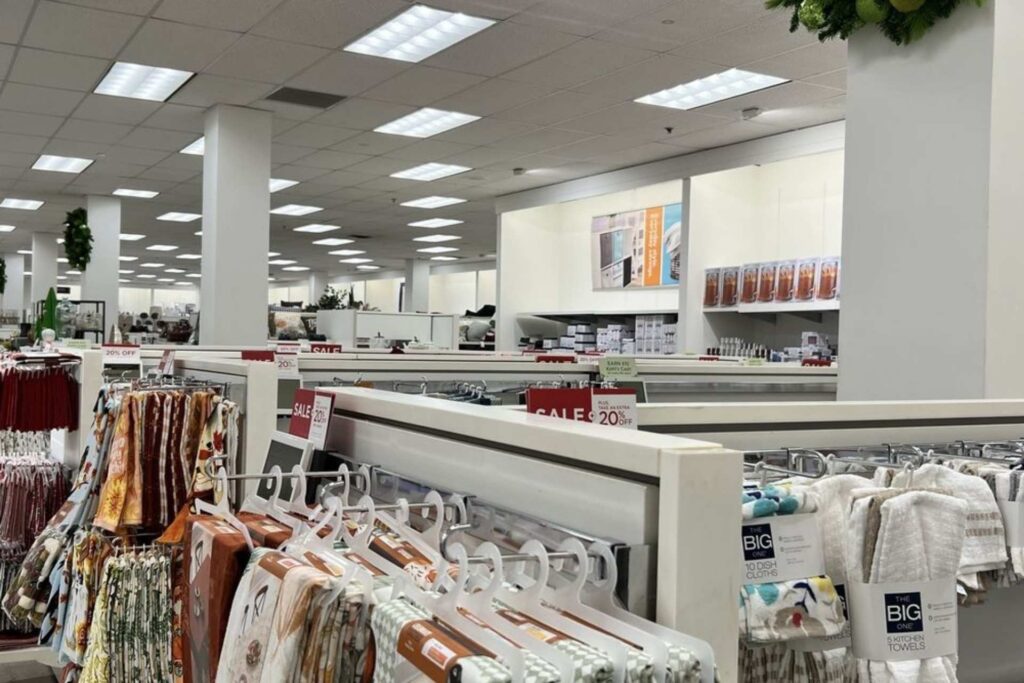
The layout also keeps aisles wide and open, which makes the shopping experience less overwhelming even during busy hours.
IKEA
IKEA’s stores, including the Hicksville flagship near New York City, are famous for their racetrack layout. Customers follow a carefully planned route that winds through showrooms arranged by room type, from kitchens to bedrooms.
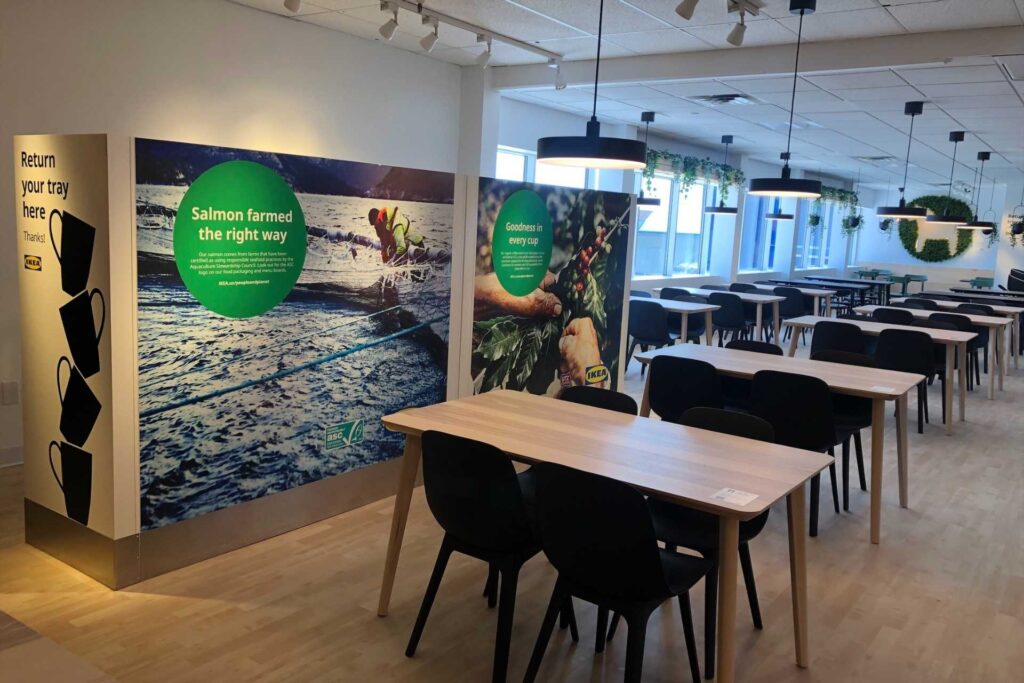
This layout encourages shoppers to explore a wide variety of products they might not have considered, while the central displays highlight seasonal items and new arrivals. The design balances product exposure with navigation comfort.
M. & M.’s Store
The M&M’s World store in Times Square takes the racetrack concept into a playful, themed environment. The looped layout guides visitors across three floors, ensuring they encounter all merchandise, from personalized candies to collectible items.
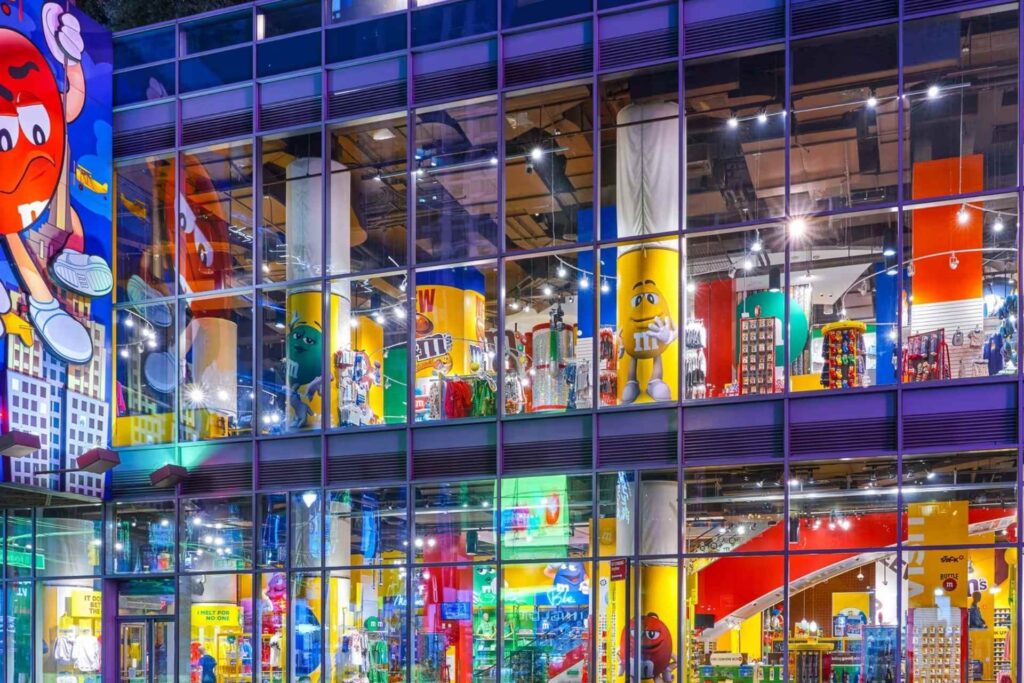
Bright displays and interactive sections are strategically positioned along the path to capture attention and encourage impulse purchases.
Summary
A racetrack store layout is more than just a looped pathway — it’s a thoughtful way to guide your customers, showcase products, and create a shopping experience that feels natural.
While it comes with challenges like maintenance and careful planning, the benefits often outweigh the drawbacks when executed well!
If you’re ready to elevate your store’s layout, consider Artistic Display, a trusted provider of retail and commercial furniture solutions in New York. Our expertise can help you create displays that enhance the racetrack flow, highlight your products, and keep customers coming back. Get started today.
FAQs About a Racetrack Store Layout
Is the racetrack layout good for small stores?
Racetrack layouts work best in medium to large stores where there’s space to create a loop without crowding. For smaller stores, you might adapt the concept by creating a mini-loop or guided pathway that still encourages exploration but doesn’t overwhelm the space.
How does a racetrack layout differ from a grid or free-flow layout?
A racetrack layout guides shoppers along a predetermined loop, ensuring they pass by all major sections. A grid layout organizes products in straight aisles, often used in supermarkets for efficiency, while a free-flow layout encourages customers to wander freely to give a boutique or relaxed feel but with less control over product exposure.
